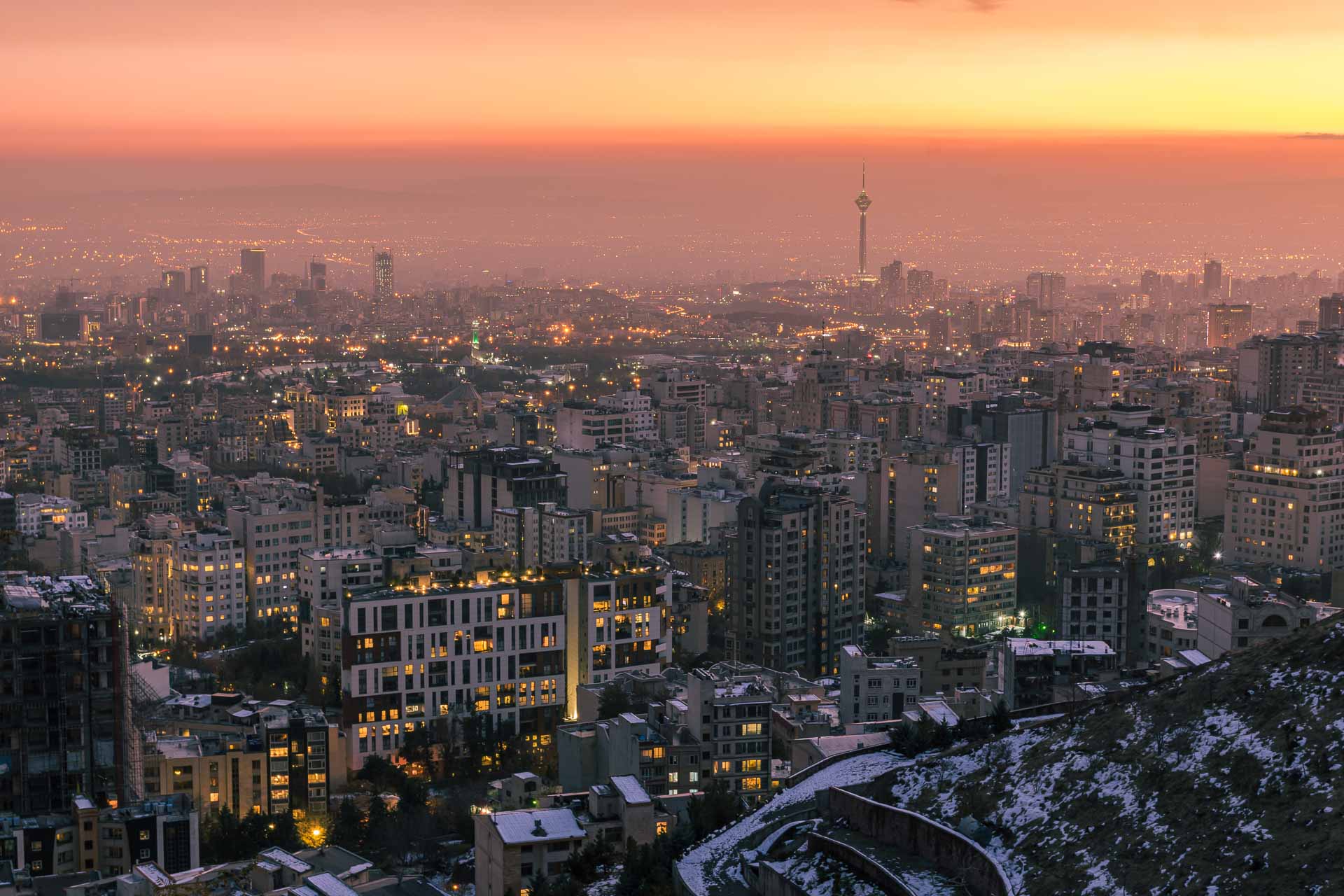
Iran's Path to Superpower
Iran possesses many of the fundamental attributes to emerge as a 21st-century superpower: a millennia-long legacy of statecraft and empire, an indispensable strategic position at the Strait of Hormuz, some of the world’s largest oil and gas reserves, a young and increasingly educated population, a rich culture that projects significant soft power, and an extensive network of regional alliances. However, decades of ideological foreign-policy choices, underinvestment in infrastructure, and international sanctions have curtailed Iran’s rise. Revitalizing pragmatic engagement, modernizing energy and industrial sectors, and balancing ideological objectives with economic imperatives could enable Tehran to harness its full potential.
Historical Legacy
Ancient and Classical Empires
Iran traces its statehood back to the Achaemenid Empire under Cyrus the Great (c. 550 BCE), which at its zenith stretched from the Balkans to the Indus and established administrative practices and infrastructure that influenced subsequent civilizations. Reclaiming this past status as a great power has long been an aspiration of Iranian rulers, underpinned by historical precedent for large-scale social and political organization.
Safavid Revival and Nader Shah
The Safavid dynasty (1502–1736) reunified Iran, institutionalized Twelver Shiʿism, and under Shah Abbas I developed a modern bureaucracy and military that rivaled the Ottoman Empire. In the 18th century, Nader Shah briefly reasserted Iran’s might by conquering parts of India, Anatolia, and the Caucasus, demonstrating Iran’s capacity to marshal advanced military power when strategically unified.
Geopolitical Location
Chokepoint at the Strait of Hormuz
Iran controls the northern approaches to the Strait of Hormuz, through which around 20–30 percent of global seaborne oil and a third of all LNG passes daily, making it arguably the world’s most critical energy transit chokepoint. Control or influence over this passage grants Iran outsized strategic leverage in global energy markets.
Crossroads of Continents
Situated between Central Asia, South Asia, and the Middle East, Iran sits at the nexus of key overland and maritime trade routes. Historically the Silk Road traversed Persian territories, and today Iran’s geographic depth offers potential as a transit hub linking China’s Belt and Road projects with European markets.
Natural Resources
Hydrocarbons
Iran holds the world’s third-largest proven oil reserves and second-largest natural gas reserves, with approximately 12 percent of global crude and over 17 percent of gas reserves. Despite U.S. sanctions limiting foreign investment, Iran’s capacity to produce 2.5–3 million barrels of oil per day and its massive South Pars gas field provide a formidable resource base that, if fully exploited, could underwrite extensive economic and military modernization.
Underinvestment and Sanctions
Chronic underinvestment and sanctions have hampered Iran’s ability to upgrade refineries and power plants, leading to energy shortages and rolling blackouts despite vast reserves. Addressing these infrastructure gaps is crucial to translating resource wealth into sustainable growth.
Demographics and Human Capital
Young, Urbanized Population
With a median age of 34 years and nearly 74 percent urbanization, Iran benefits from a large, youthful workforce capable of driving innovation and consumption. Continued focus on higher education and STEM fields can amplify this demographic dividend.
Skilled Diaspora
Some 4–5 million Iranians live abroad, notably in technology, academia, and the creative industries, forming a diaspora that both remits capital and projects Persian culture globally. Culinary ventures in Los Angeles and Brooklyn, for example, are reshaping perceptions of Iranian culture through authentic Persian cuisine.
Cultural Soft Power
Literature
Persian poetry and literature—from Rumi to contemporary voices—remain central to global literary discourse.
Public Diplomacy
Iran maintains cultural centers abroad and leverages its UNESCO World Heritage sites to foster tourism and cultural exchange. While political tensions limit some outreach, soft-power initiatives continue to emphasize shared history and artistic achievement.
Missed Opportunities and Ideological Constraints
Ideological Foreign Policy
Since 1979, Iran’s foreign policy has prioritized exporting its revolutionary ideology over pragmatic economic engagement. This has led to sustained sanctions, diplomatic isolation, and a foreign-policy apparatus often misaligned with economic interests.
Economic and Structural Challenges
Heavy subsidies, overreliance on hydrocarbon exports, and resistance to structural reforms have hampered growth. International perceptions of Iran as a security threat deter foreign direct investment and technology transfer, perpetuating a cycle of underdevelopment.
Conclusion
Iran’s ascension to superpower status hinges on its ability to reconcile ideological objectives with pragmatic statecraft: reforming energy infrastructure, diversifying the economy, harnessing its demographic strengths, and sustaining cultural outreach, while recalibrating regional alliances to reduce economic burdens. By building on its historical legacy, strategic location, resource wealth, and soft-power assets—without neglecting the need for political and economic reforms—Iran could realize its long-held aspirations for great-power status in the 21st century.
0 Comments
Comments 0
No comments yet. Be the first to comment!